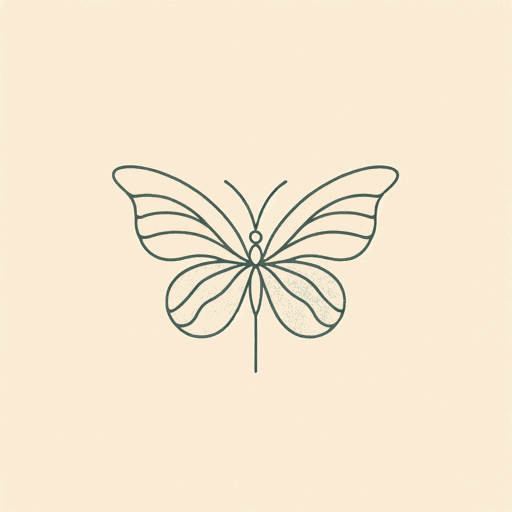29 pages • 58 minutes read
William BlakeAuguries of Innocence
Fiction | Poem | Adult | Published in 1863A modern alternative to SparkNotes and CliffsNotes, SuperSummary offers high-quality Study Guides with detailed chapter summaries and analysis of major themes, characters, and more.
Further Reading & Resources
Related Poems
“The Tyger” by William Blake (1793)
One of Blake’s most famous poems, “The Tyger” is a widely-anthologized work that was first published in Songs of Experience (1793). Like “Auguries of Innocence,” “The Tyger” uses animal imagery; however, the latter’s imagery is more symbolic and metaphorical. The Tyger, a beautiful yet fierce animal, unites the paradox of God’s mercy and judgement.
“Composed upon Westminster Bridge, September 3, 1802” by William Wordsworth (1803)
William Wordsworth’s poem was composed roughly around the same time as “Auguries of Innocence,” and shows the differing poetic and philosophical approaches of Wordsworth and Blake. In this poem, Wordsworth uses natural imagery to describe London in its beauty, while Blake uses the elements of nature to point to the ugliness of society.
“The Second Coming” by William Butler Yeats (1920)
Writing nearly 120 years after Blake, Modernist poet W. B. Yeats uses apocalyptic imagery and a prophetic figure to announce a revolution in society. Greatly influenced by Blake, Yeats uses the image of a leonine creature to symbolize Christ’s benign and fierce aspects.
Related Titles
By William Blake
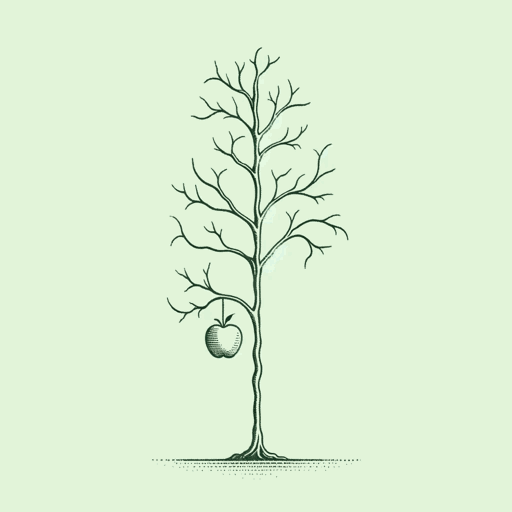
A Poison Tree
William Blake
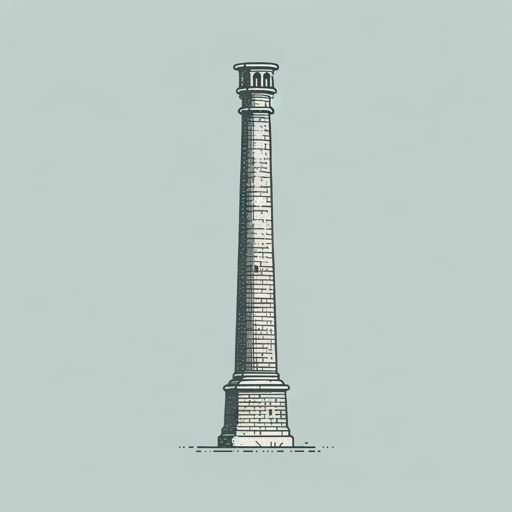
London
William Blake

Night
William Blake

Songs of Innocence and of Experience
William Blake
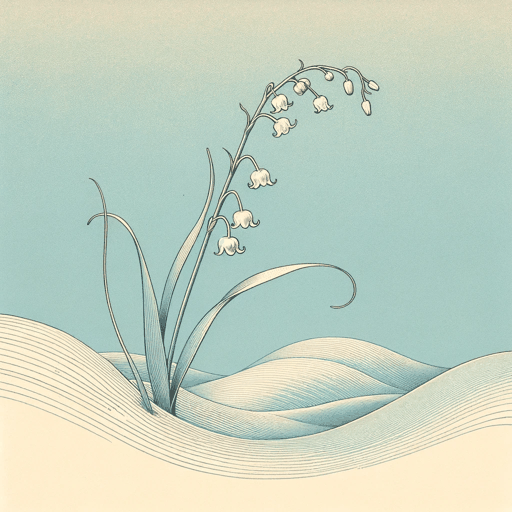
The Book of Thel
William Blake
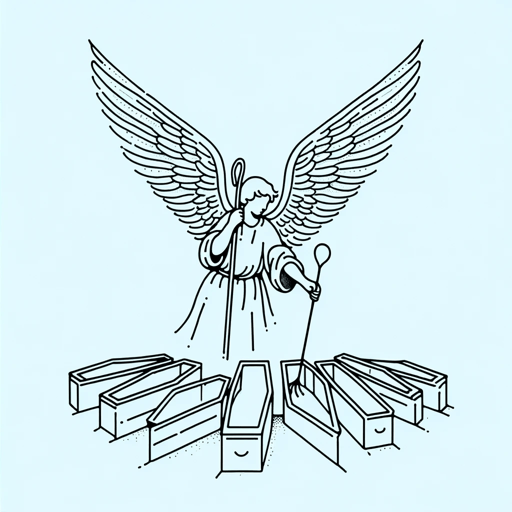
The Chimney Sweeper
William Blake
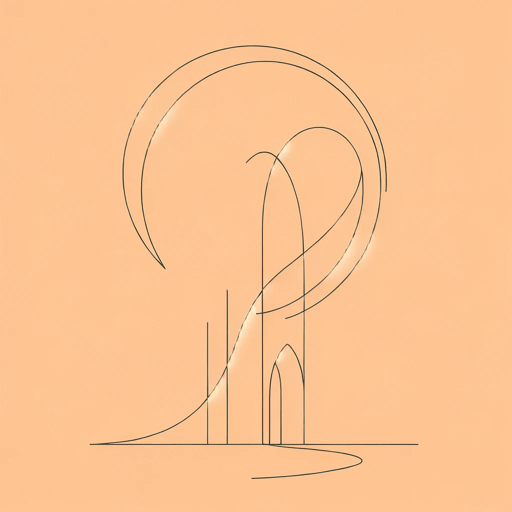
The Garden of Love
William Blake
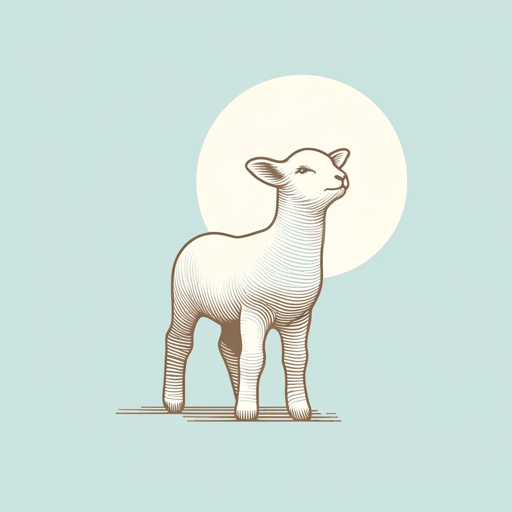
The Lamb
William Blake

The Little Boy Found
William Blake
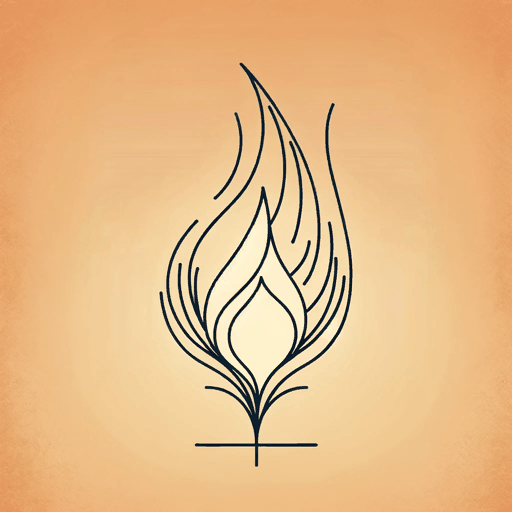
The Marriage of Heaven and Hell
William Blake
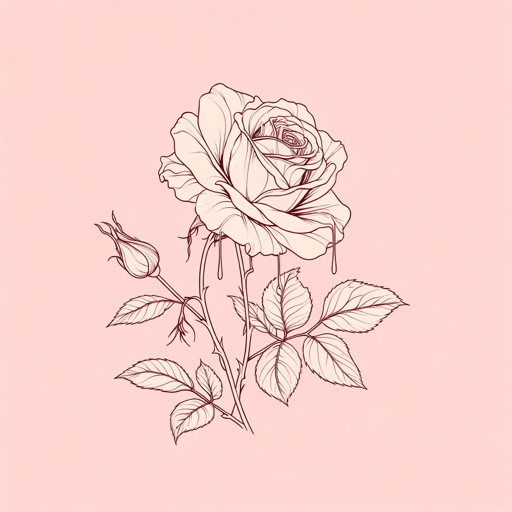
The Sick Rose
William Blake

The Tyger
William Blake
Featured Collections
Appearance Versus Reality
View Collection
Books on Justice & Injustice
View Collection
British Literature
View Collection
Challenging Authority
View Collection
Class
View Collection
Class
View Collection
Good & Evil
View Collection
Power
View Collection
Romanticism / Romantic Period
View Collection
Romantic Poetry
View Collection
SuperSummary Staff Picks
View Collection
